The Cost of Face Lift in South Korea
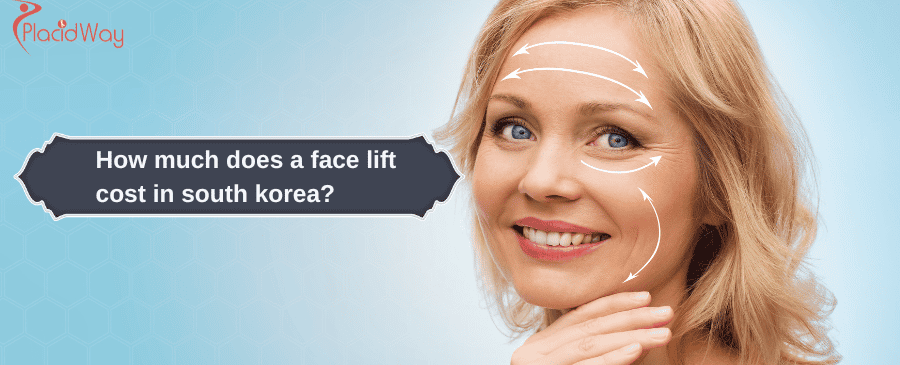
South Korea has become a global hub for plastic surgery, renowned for its advanced techniques, experienced surgeons, and competitive pricing. If you're considering a facelift to rejuvenate your appearance, you're likely wondering about the cost. A facelift in South Korea can range from approximately $3,000 to $18,000 USD. This price varies depending on the complexity of the procedure, the surgeon's expertise, and the clinic's reputation. This comprehensive guide will break down everything you need to know about the cost of a facelift in South Korea, helping you make an informed decision about your aesthetic journey. We will delve into the different types of facelifts, factors influencing the final price, and what you can typically expect to be included in your treatment package.
What is the average cost of a facelift in South Korea?
"The average cost of a facelift in South Korea is between $5,000 and $10,000 USD. However, this is a general estimate, and the final price can be higher or lower based on several factors."
The cost of a facelift in South Korea is significantly more affordable than in countries like the United States or the United Kingdom, where the same procedure can cost two to three times as much. The primary reasons for this price difference are the lower overhead costs for clinics in South Korea and the high level of competition among a large number of highly skilled plastic surgeons.
It's important to remember that this average cost is a starting point. A consultation with a qualified surgeon is necessary to get a precise quote based on your individual needs and aesthetic goals. During your consultation, you'll discuss the specific type of facelift that will best address your concerns, which will be a major determinant of the final cost.
How much does a full facelift cost in South Korea?
"A full facelift in South Korea typically costs between $8,000 and $15,000 USD. This is a comprehensive procedure that addresses sagging in the mid-face, jowls, and neck."
A full facelift, also known as a traditional rhytidectomy, is the most extensive type of procedure. It involves incisions made along the hairline, around the ears, and sometimes under the chin. Through these incisions, the surgeon repositions the underlying muscle and tissues (the SMAS layer), removes excess skin, and redrapes the remaining skin for a smoother, more youthful contour.
Due to its comprehensive nature, a full facelift provides the most dramatic and long-lasting results. The higher price point reflects the longer surgery time, the complexity of the procedure, and the extensive post-operative care required. This procedure is ideal for individuals with significant signs of aging who are looking for a transformative result.
What is the cost of a mini facelift in South Korea?
"A mini facelift in South Korea generally costs between $3,000 and $6,000 USD. This less invasive option is ideal for individuals with mild to moderate sagging in the lower face and jowls."
The mini facelift is a popular option for those who are not yet ready for a full facelift but want to address early signs of aging. It involves shorter incisions, typically made around the ears, and focuses on tightening the skin and underlying tissues of the lower third of the face. This results in a more defined jawline and a reduction in the appearance of jowls.
The lower cost of a mini facelift is due to the shorter procedure time and quicker recovery period compared to a full facelift. It's an excellent choice for younger patients or those who want a subtle yet noticeable rejuvenation with minimal downtime.
How much is a deep plane facelift in South Korea?
"A deep plane facelift in South Korea typically ranges from $9,000 to $18,000 USD. This advanced technique provides very natural-looking and long-lasting results by working on a deeper level of facial tissue."
The deep plane facelift is a sophisticated and technically demanding procedure that repositions the entire SMAS layer, along with the skin, as a single unit. This technique addresses sagging cheeks, deep nasolabial folds, and jowling at a foundational level, resulting in a more harmonious and natural-looking rejuvenation without the "pulled" look that can sometimes result from other facelift techniques.
The higher cost of a deep plane facelift is justified by the specialized skill and experience required of the surgeon. It is considered the gold standard for long-lasting and natural results, making it a worthwhile investment for those seeking significant and enduring improvement.
What is a SMAS facelift and how much does it cost in South Korea?
"A SMAS facelift in South Korea costs between $6,000 and $12,000 USD. This technique focuses on tightening the Superficial Musculoaponeurotic System (SMAS), the layer of muscle deep beneath the skin, for a more lifted and youthful appearance."
The SMAS facelift is a widely performed and effective technique. By targeting the SMAS layer, surgeons can achieve a more significant and longer-lasting lift compared to a skin-only facelift. The procedure involves making incisions similar to a traditional facelift, but the focus is on elevating and tightening the underlying muscular structure.
This technique is highly effective for addressing moderate to severe sagging in the mid and lower face. The cost is mid-range, offering a balance between the comprehensiveness of a full facelift and the less invasive nature of a mini facelift.
What factors influence the cost of a facelift in South Korea?
"The primary factors influencing the cost of a facelift in South Korea are the type of procedure, the surgeon's experience and reputation, the clinic's location and prestige, and whether you opt for additional procedures."
Understanding the variables that contribute to the final price is crucial for budgeting for your surgery. Here's a breakdown of the key factors:
- Type of Facelift: As detailed above, the complexity of the procedure is the biggest cost determinant. A full or deep plane facelift will always cost more than a mini facelift.
- Surgeon's Expertise: Highly experienced and renowned surgeons who specialize in facial rejuvenation will command higher fees. Their expertise often translates to better, more natural-looking results and a lower risk of complications.
- Clinic's Reputation and Location: Clinics located in prime areas of Seoul, such as Gangnam, and those with a reputation for catering to international patients may have higher prices due to greater overhead costs and demand.
- Anesthesia Fees: The type of anesthesia used (local or general) and the fees of the anesthesiologist will be included in the overall cost.
- Combined Procedures: Many patients choose to combine their facelift with other procedures like a neck lift, eyelid surgery (blepharoplasty), or fat grafting for more comprehensive results. Each additional procedure will increase the total cost.
What is typically included in the price of a facelift package in South Korea?
"A facelift package in South Korea typically includes the surgeon's fee, anesthesia fee, facility fee, pre-operative consultations, and post-operative follow-up appointments."
One of the advantages of getting a facelift in South Korea is that the quoted price is often all-inclusive. This transparency makes it easier to budget for your trip. A standard package will usually cover:
- Surgeon's and Anesthesiologist's Fees: The cost for the medical professionals performing the surgery.
- Operating Room and Facility Fees: The use of the surgical suite and any necessary equipment.
- Pre-operative Consultations: Meetings with your surgeon to discuss your goals and plan the procedure.
- Post-operative Care: Follow-up appointments to monitor your healing and remove stitches.
- Medication: Prescription medications needed after surgery, such as antibiotics and pain relievers.
- Basic Aftercare Services: Some clinics may include services like shampooing and a light meal after the procedure.
It's essential to confirm with your chosen clinic exactly what is included in their facelift package to avoid any unexpected costs.
Are there any hidden costs for a facelift in South Korea?
"While most clinics in South Korea are transparent with their pricing, potential hidden costs for a facelift can include post-operative garments, additional medications, and accommodation and travel expenses."
For international patients, it's crucial to factor in costs beyond the surgery itself. These can include:
- Flights and Accommodation: The cost of traveling to and staying in South Korea for the duration of your treatment and initial recovery.
- Post-operative Garments: You may need to purchase compression garments to aid in healing.
- Additional Medications: While basic medications are often included, you might need to purchase additional over-the-counter pain relievers or other supplies.
- Translation Services: If the clinic does not have English-speaking staff, you might need to hire a translator for your consultations.
- VAT (Value Added Tax): Check if the quoted price includes the 10% VAT, which can sometimes be refunded for medical tourists at the airport upon departure.
How does the cost of a facelift in South Korea compare to other countries?
"The cost of a facelift in South Korea is significantly lower than in the United States, the UK, and Australia, often by 40-60%. This makes it a highly attractive option for medical tourists seeking high-quality care at a more affordable price."
Here's a general comparison of average facelift costs:
What is the cost of non-surgical facelift options in South Korea?
"The cost of non-surgical facelifts in South Korea, such as thread lifts or Ultherapy, can range from $500 to $3,000 USD. These are less invasive alternatives for those not ready for surgery."
For individuals seeking rejuvenation without the downtime and cost of a surgical facelift, South Korea offers a variety of advanced non-surgical options:
- Thread Lifts: This procedure uses dissolvable threads to lift and tighten sagging skin. The cost is typically between $1,000 and $3,000 USD.
- Ultherapy or HIFU: These treatments use focused ultrasound energy to stimulate collagen production and tighten the skin from within. A full-face treatment can cost between $1,500 and $3,000 USD.
- Fillers and Botox: Injectables can be used to restore volume and reduce the appearance of wrinkles. The cost varies widely depending on the amount and type of product used, but can range from $500 to $2,000 USD for a comprehensive treatment.
Is it safe to get a facelift in South Korea?
"Yes, getting a facelift in South Korea is generally very safe, provided you choose a reputable, board-certified surgeon and an accredited clinic. South Korea has a highly regulated medical industry with stringent safety standards."
To ensure your safety, it's crucial to do your research. Look for surgeons who are members of professional organizations like the Korean Society of Plastic and Reconstructive Surgeons (KSPRS). These surgeons have undergone extensive training and adhere to strict ethical and safety protocols.
Reading patient reviews and looking at before-and-after photos can also provide valuable insights into a surgeon's skill and the quality of care provided by a clinic. Many top clinics in South Korea have extensive experience treating international patients and provide excellent support services to ensure a smooth and safe experience.
How long is the recovery time for a facelift in South Korea?
"The initial recovery period for a facelift in South Korea is typically 10 to 14 days, during which you should remain in the country for follow-up appointments. Most significant swelling and bruising will subside within the first two weeks, but it can take several months to see the final results."
Your recovery timeline will depend on the type of facelift you have. A mini facelift has a shorter recovery time, often allowing a return to normal activities within a week. A full or deep plane facelift requires a longer healing period.
It is generally recommended to stay in South Korea for at least two weeks after your surgery. This allows your surgeon to monitor your progress, remove any stitches, and address any potential concerns before you travel back home.
Ready to explore your options for a rejuvenated, more youthful appearance? PlacidWay can connect you with leading, internationally accredited clinics and experienced surgeons in South Korea. Discover personalized treatment plans and competitive pricing for your facelift journey. Start your consultation today!
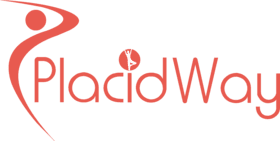

.png)




.png)
.png)

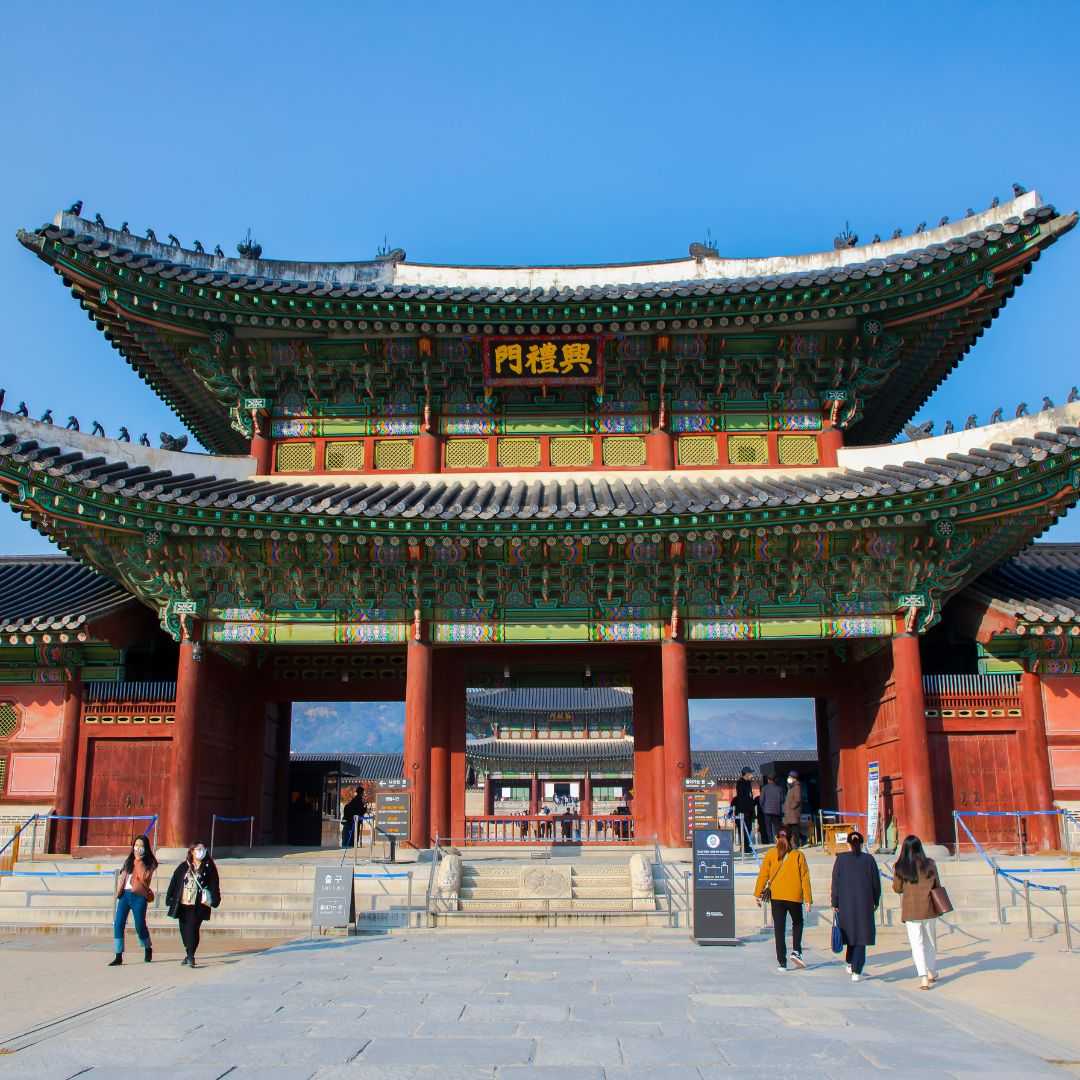
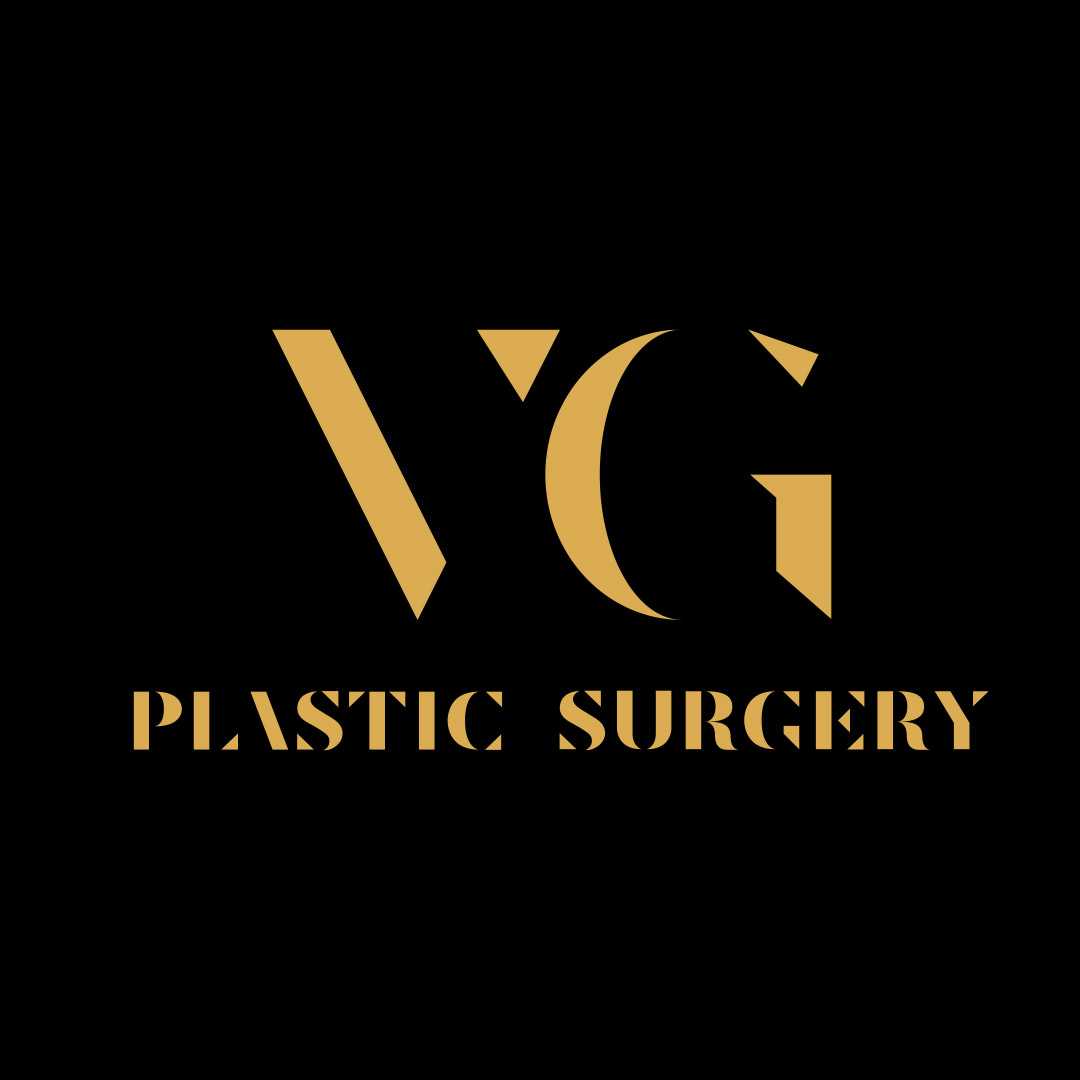
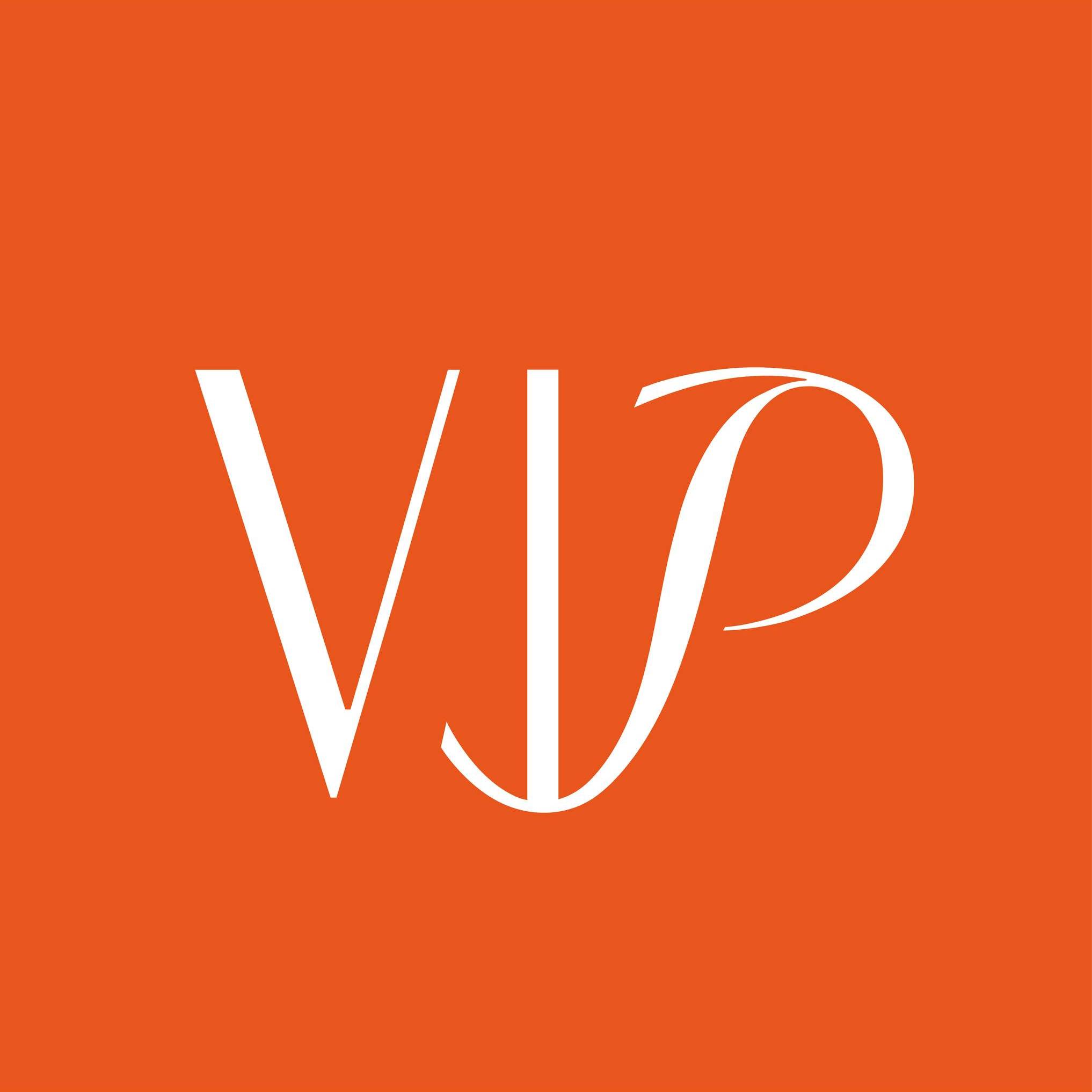

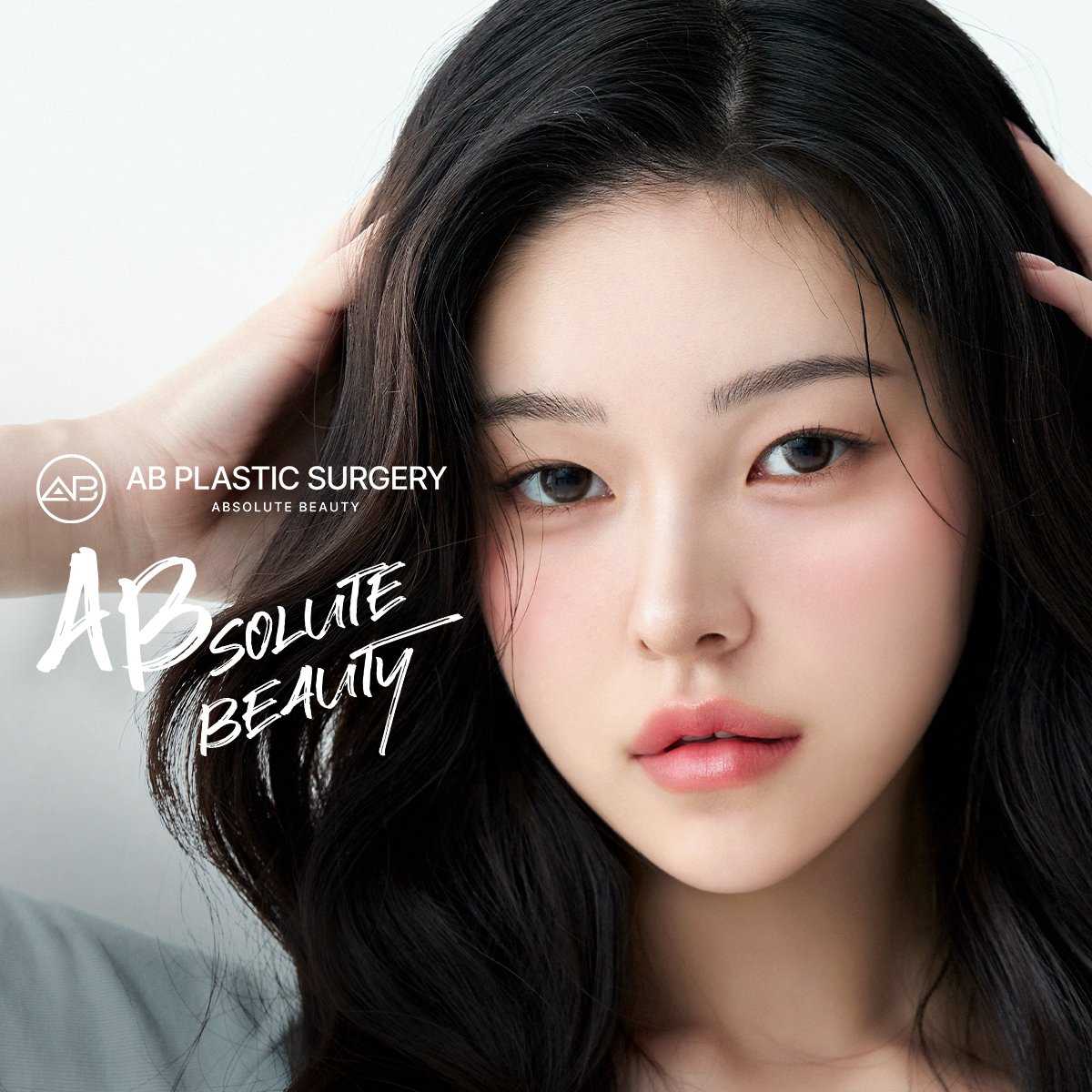
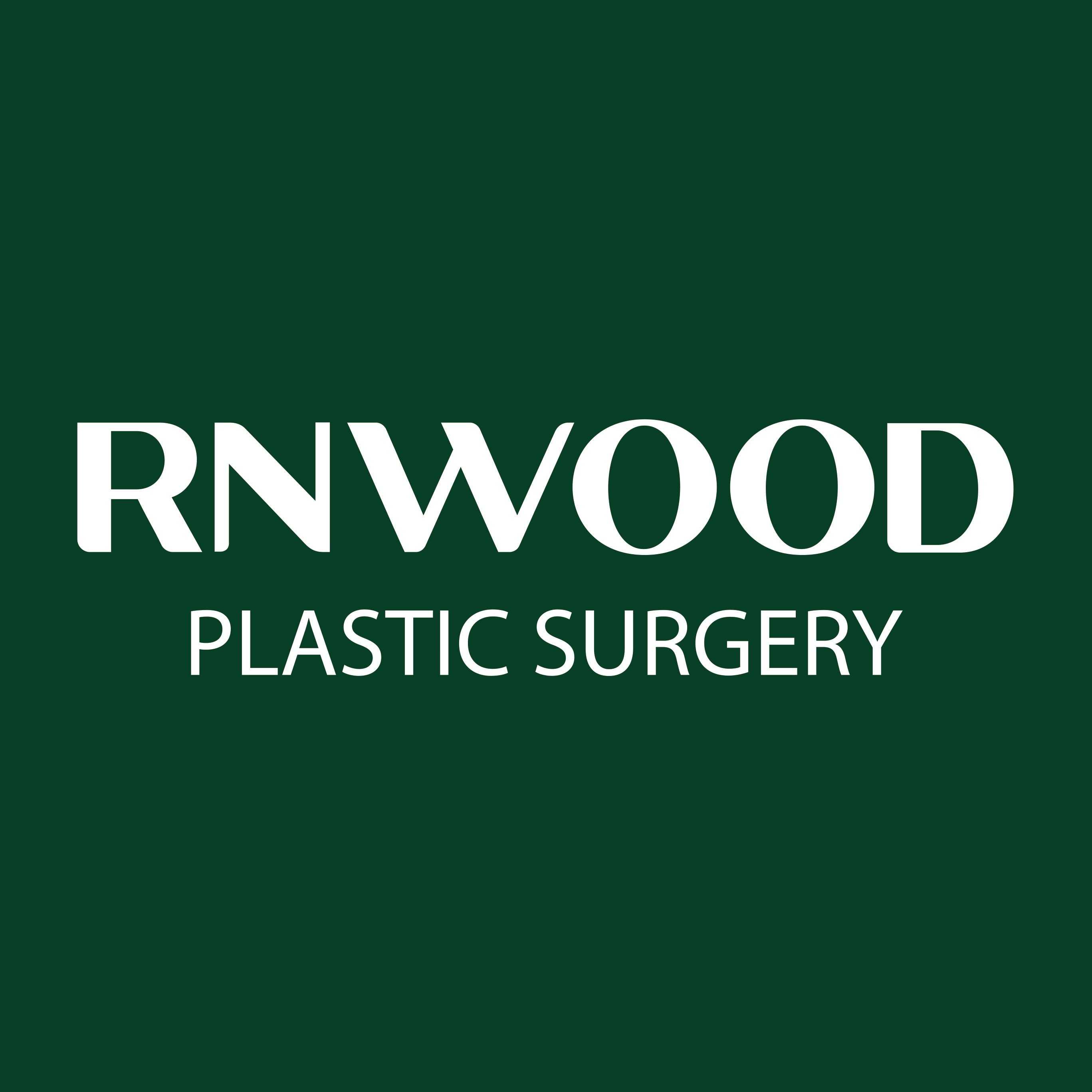

Share this listing